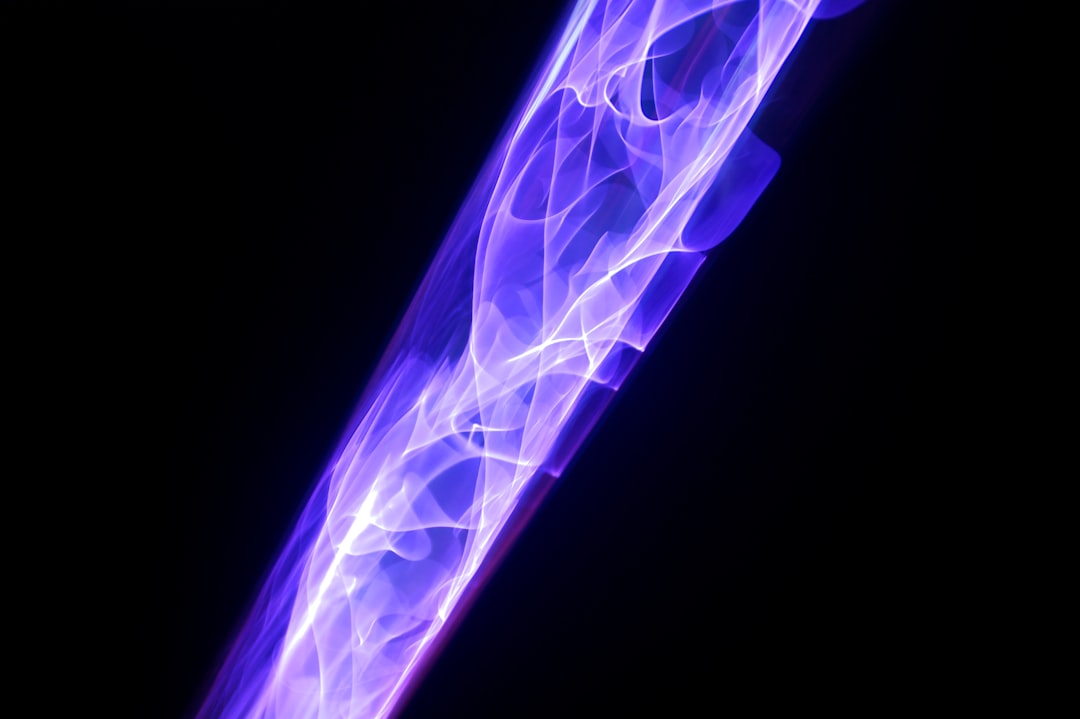What is it about?
We used small devices for manipulating liquids to introduce nanoparticles and crystals into the X-ray beams produced by different commercial X-ray systems. By optimizing the number of X-rays hitting the liquid and the thickness of the liquid channel, we could obtain diffraction 'signals' from very short camera exposure times. This gives us the ability to follow fast changes that occur during the synthesis of new materials.
Featured Image

Photo by Jez Timms on Unsplash
Why is it important?
These types of experiments typically can only be conducted at large-scale national or international particle accelerators. We have shown that it is now possible using commercial X-ray systems that can be purchased by most companies and universities.
Perspectives
After conducting many high-stakes and stressful experiments at particle accelerators, it is incredible to make this type of experiment possible within the 'home' laboratory.
Mark Levenstein
CEA
Read the Original
This page is a summary of: Serial small- and wide-angle X-ray scattering with laboratory sources, IUCrJ, August 2022, International Union of Crystallography,
DOI: 10.1107/s2052252522007631.
You can read the full text:
Resources
Contributors
The following have contributed to this page










